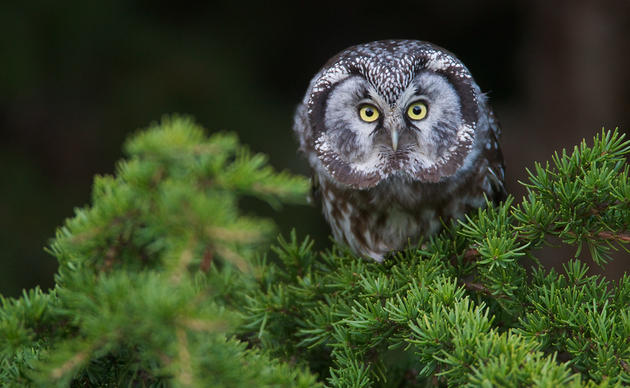
Some say it started with an elderly man who studied ants. Edward O. Wilson started in the weeds, the cracked sidewalks, on the margin of the North American continent, in Florida. He was drawn to the places that were fragments of their former selves—islands and species that were often understudied and not well understood, like insects. A lifetime of studying the natural world as it became less natural led him to publish books on the future of our earth—our shared home. He proposed that in order to save biological diversity and the water, earth, and air systems on which all of our lives depend, we must protect half the earth. We must protect half of our waters. International commitments recognize the need to take immediate action to protect biological diversity. A 2019 report by the Intergovernmental Science-Policy Platform on Biodiversity and Ecosystem Services (IPBES) found that more than one million species are at risk of extinction. And it’s not only the loss of biodiversity, but the projected loss of the systems on which all of us depend. Clean water, air, flood control, climate regulation, food, these are all at risk. That leaves our own species vulnerable from the changes we are causing and those which E.O. Wilson and so many others warn that we need to control in order to maintain a habitable home for all of us.
In many ways, the calls from international scientists, policymakers, and conservation groups is an echo of what Indigenous Peoples around the globe have been attempting to convey for millennia. Over 80% of the world’s remaining biological diversity found around the globe is found in lands and waters managed, owned, or under the control of Indigenous Peoples. Collectives like the International Indigenous Forum on Biodiversity helped to steer the Convention on Biological Diversity goals that has led to the recent push for what is now being called “30x30”—the international call for all nations to commit to protecting 30 percent of all lands and waters by 2030.
U.S. leadership has been absent from many of these international conversations for the last several years. But, one of the first actions of the new Biden administration was a commitment to returning as committed participants in the international movement to protect lands and waters for our future. Under the Biden Administration 30x30 plan, federal agencies are tasked with coming up with processes to engage tribes, states, and special interest groups in how to configure national standards for protecting lands and waters. One of the first U.S. leaders to promote a 30x30 commitment was Rep. Deb Haaland. She recently became our first Native American cabinet secretary and the first Native American woman to lead the U.S. Department of the Interior, the agency that will be tasked with much of the terrestrial decision-making around which 30 percent of lands should be protected, restored, and managed to meet the U.S. international and domestic commitments to protecting biodiversity.
30x30 is already spinning off into a hundred different directions, with bold statements, promises, and in some cases, fear of the unknown leading to confounding messages. It’s important to remember that at the heart of 30x30 is the recognition and awareness that our planet is degrading rapidly. And though climate change is driving much of this change, the loss of biodiversity across the globe through the intense actions, needs, desires, purchasing power, and technological advances of humans needs to be addressed. In Alaska, we see these impacts lapping at our feet. Seabird die-offs, changes to whale distributions in the Gulf of Alaska, sea ice fragments floating in midwinter no longer held fast to the land. In many ways, 30x30 isn’t enough. We need swifter action of more lands and waters protected, but these are not decisions for any one of us to make. This is a global movement, with earth-wide action needed. We encourage all of you to learn more about 30x30 because in the end, it’s a commitment we will have to make to each other and a promise we will make to the planet.




